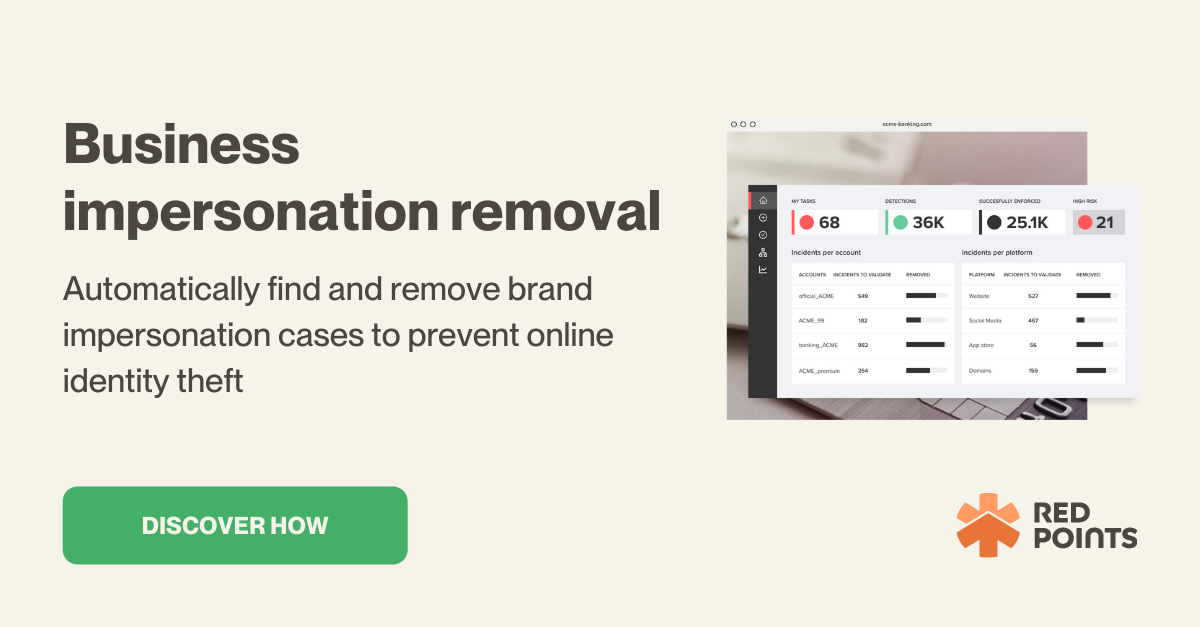Coupon fraud is a growing concern that impacts businesses and consumers alike. The repercussions of this kind of fraud go beyond just financial losses. It also undermines the trust people have in promotional campaigns, and in the companies that run them.
This deceptive practice can range from misusing digital codes to photocopying paper coupons. It affects everyone from local store owners to large corporations and of course, the shoppers who fall victim to it. By understanding how coupon fraud works, you can protect your company and contribute to a healthier marketplace where coupons are used safely. In this article, we’ll explore what coupon fraud entails, the common tactics used by fraudsters, and its far-reaching consequences.

Understanding coupon fraud
Coupon fraud can be committed in a variety of ways, each of which poses unique challenges to businesses and consumers. Some of the most prevalent types of coupon fraud to be aware of include:
- Counterfeiting: Creating fake coupons or altering legitimate ones to get products at reduced prices or for free.
- Decoding: Analyzing barcodes so that coupons are used for products other than those they were designed for.
- Stacking: Applying multiple coupons to increase discounts, inappropriately. This often involves exploiting loopholes in digital systems.
- Phishing: Using fake promotions like coupon offers to trick consumers into providing personal information.
Common tactics involved in coupon fraud
Fraudsters are becoming increasingly sophisticated in their methods. One of the most common coupon scams is digital duplication, where coupon codes are illegally photocopied and shared digitally with a broader audience than was originally intended.
Social engineering is another tactic of coupon fraud, which involves manipulating store policies or employees so that invalid or expired coupons are accepted incorrectly. It’s also common for counterfeit coupons to be spread through social media or on counterfeit coupon sites.
Scope of the problem
Financial losses
Businesses face direct financial losses from coupon fraud. It leads to reduced revenues from products being sold cheaply using fraudulent coupons. The Coupon Information Corporation estimates that coupon fraud costs businesses hundreds of millions of dollars every year.
Disrupting business operations
Dealing with the fallout from fraudulent activities can drain business resources. It can even lead to additional labor being needed to verify promotions and rectify any sales processes that have been impacted by the fraud.
Consumer distrust
Legitimate customers might face stricter coupon policies if a brand feels that its coupons are being abused. This can lead to frustration and a loss of loyalty among consumers, who often favor brands that offer good deals through coupons.
Examples of coupon fraud
There are three major examples of coupon fraud cases that have made headlines since the 1990s.
Lori Ann Talens’ case
Between 2017 and 2020, Lori Ann Talens and her husband operated a coupon fraud ring out of Virginia Beach, Virginia. Talens designed and printed counterfeit coupons that were nearly indistinguishable from legitimate ones. She sold them on social networks and messaging apps, and the operation caused an estimated $32 million in losses to businesses. Ultimately, Talens was sentenced to 12 years in prison, and her husband received over 7 years.
The ‘Queen Pins’ case
Robin Ramirez, Marilyn Johnson, and Amiko Fountain from Phoenix, Arizona, created and sold counterfeit coupons worth over $40 million. Their operation was eventually exposed by companies affected by the fraud, which led to their arrests in 2012. Ramirez was sentenced to two years in prison and seven years of probation, while Johnson and Fountain received three years’ probation each.
The ‘Connie Coupon’ case
In the early 1990s, Connie Arvidson, who was known in her community as “Coupon Connie”, became part of a $2-million scam to buy and sell counterfeit coupons. Connie, from San Antonio, Texas was eventually arrested and sentenced to over two years in prison for mail fraud and conspiracy.
How to protect your brand against coupon fraud
As coupon fraud becomes more prevalent, both businesses and consumers need to adopt strategies that can help reduce the risks and protect their interests. Here’s how you can stay one step ahead of coupon scammers.
Business strategies to mitigate coupon fraud
For businesses, the key to preventing coupon fraud lies in better detection and enforcement strategies.
- Regularly monitor your trademark to detect fraudulent coupon websites.
- Monitor hashtags using your brand name and keywords like ‘coupon’, ‘discount’, ‘bargain’, or ‘outlet’ on social media. Make sure to also check Ads Library to identify potential fake Ads.
- If your business uses coupons as a marketing strategy, develop clear coupon policies, especially redemption rules, and make sure they are communicated well to both staff and customers to cut the chance of exploitation and loopholes.
Consumer precautions against coupon fraud
Consumers need to be vigilant when it comes to coupon fraud. Follow these tips, and you will be less likely to fall victim to scams.
- Always consider the credibility of the coupon and the source that is offering it.
- If a coupon comes from a company or a coupon aggregation site, check its authenticity through official business channels.
- If an offer seems too good to be true, it probably is. High-value coupons, especially those offered through unofficial channels, are often a sign of a scam.
- If you come across a coupon that you think is fraudulent, report it to the retailer or the brand. This can prevent the scam from spreading further.
AI-powered solutions for combatting coupon fraud
One of the best ways for businesses to stay ahead of coupon scams is by incorporating technological solutions. Digital Risk Solutions like Red Points’ can significantly improve your efforts to fight fraud, as they offer a more comprehensive approach to protecting your digital assets.
Red Points uses artificial intelligence to scan and detect unauthorized use of your trademark across the internet, including on social media accounts, pages, or hashtags; coupon aggregators, and illicit sites. The system can help prevent the impersonation of your brand.
Brands can take immediate action against any detected fraud, including takedown requests and legal follow-ups, which minimizes potential losses. You can even decide whether Red Points does this for you, or you manage the process internally.
What’s next
The fight against coupon fraud is ongoing, with scammers constantly developing new tactics. And as these fraudsters become more sophisticated, brands and consumers alike need to be vigilant. While manually scanning the internet for fake coupons and educating both staff and consumers about your coupon policies is a useful first step, the key to preventing coupon fraud lies in more advanced strategies.
Company vigilance
For businesses, staying vigilant means regularly updating security measures – and this includes your fraud detection tactics. Stay on top of the latest fraud trends and adapt your strategies accordingly. Carry out regular training sessions for employees, keep your internal policies up to date, and develop a legal plan that lays out your enforcement process if coupon fraud does occur.
Proactive strategies
Investing in technology solutions that are able to evolve with the ever-changing tactics of fraudsters is the best way to protect your business against scams.
It’s near impossible for teams to manually scan the internet for scams – especially for big businesses that are more likely to be the target of coupon fraud. That’s why solutions that can take on proactive monitoring, real-time response systems, and predicting vulnerabilities, like Red Points, are so effective at reducing the impact of fraud on businesses.
Protect your brand and stay one step ahead of fraud. Request a demo today and discover how cutting-edge technology can prevent fraud, preserve your brand reputation, and help maintain the trust of your consumers.







